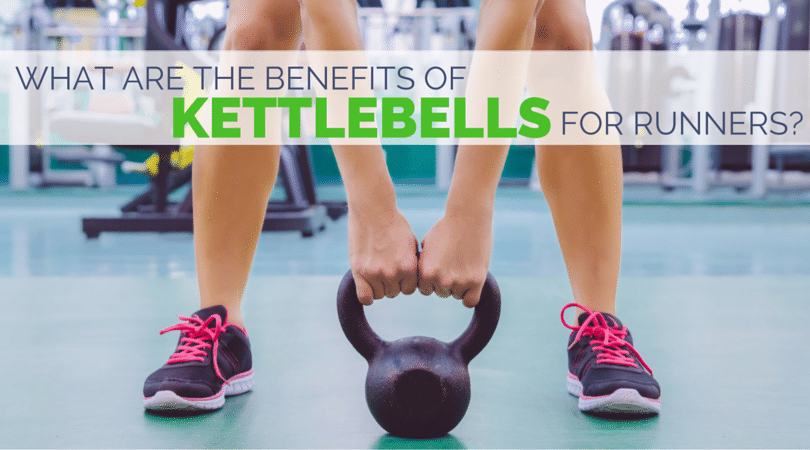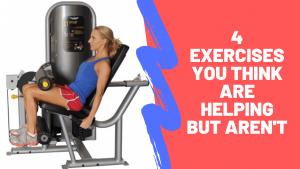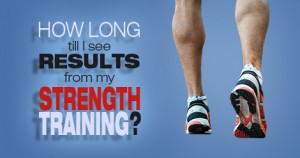Though its roots go back several centuries, kettlebell training burst onto the fitness scene about ten years ago.
It may have started as a trend, but it looks like kettlebell training is here to stay. So, the question is – can kettlebell training help runners?
As with any new idea in training, a lot of runners want to know about the advantages of kettlebell training versus traditional strength exercises.
It’s well-known that weight lifting offers some advantages for distance runners in the form of improved running economy, but does kettlebell training offer anything special or different?
The Research on How Kettlebells Help Us Run Faster
Exercise physiologists have pondered many of the same questions, so there’s a good bit of scientific research to look to for answers.
As for the efficacy of kettlebell training in general, there’s no doubt it works.
A 2012 study by Jason Lake and Mike Lauder at the University of Chichester in the United Kingdom demonstrated that a six-week kettlebell training program increased maximum squat strength by ten percent and vertical leap by twenty percent in a group of healthy men; this increase was comparable to the gains of a control group who underwent traditional jump-squat training using a barbell.
Kettlebell training can be useful for cardiovascular fitness too.
A 2011 master’s thesis by J. Asher Falatic at San José State University found that a four-week, twelve-session kettlebell program improved maximal oxygen uptake by six percent compared to a traditional circuit training program in female NCAA Division I soccer players.
Because kettlebell training involves explosive, whole-body movements (which we know makes us faster), it engages your heart and lungs to a greater extent than a typical strength routine.
So, is Kettlebell Training the Holy Grail?
However, other research suggests that kettlebell training might be a jack of all trades, but master of none.
For example, a 2012 study by researchers at California State University, Fullerton compared six weeks of kettlebell training with six weeks of traditional weight lifting and found that, while both forms of training improved muscular strength and power in a two groups of volunteers, the group that did traditional lifting had bigger improvements in strength.
And while the soccer players in J. Asher Falatic’s thesis improved their VO2 max by six percent, other work, like two studies by researchers at the German Sport University Cologne and the Norwegian University of Science and Technology suggest that running-specific training (i.e. hard interval workouts) can improve VO2 max in soccer players by a bit more—somewhere around seven to ten percent.
So, What Does this Mean for Runners?
This shouldn’t come as too much of a surprise. Exercise physiologists would point to this as a classic example of the “SAID” principle—specific adaptation to imposed demands.
In short, your body will adapt most strongly to the type of stress it encounters.
General kettlebell training is great for general strength, fitness, and athleticism, but it’s not the best at any one thing.
For maximum strength, heavy barbell training is ideal. For explosive power, Olympic lifting and jump training reign supreme. And of course, for distance running, hard sessions on the track or on the roads are best for improving VO2 max.
This doesn’t mean kettlebell training can’t be useful.
It simply means you need to adapt your kettlebell training to the specific demands of running.
The more running-specific your choice of kettlebell exercises and routines, the more effective it will be at reducing injuries, losing weight, and improving performance.
Likewise, the more adapted your kettlebell routine is to your needs – like being a masters runner – the more it can help you improve.
How to Implement Kettlebell Training into Your Training
The most important consideration when adding kettlebells to your running training is choosing running-specific exercises.
That means focusing on movements that target the “power generators” of the running stride – the hips, glutes and hamstrings.
It also means choosing exercises that target the most common weak areas for runners that contribute to running injuries.
If you ensure that the kettlebell exercises you do are concentrated on these two important areas, you can dramatically improve running economy and develop a more powerful stride – more than almost any other type of strength training.
RunnersConnect Bonus
Download your FREE Kettlebell Training for Runners routine.
Download a sample routine from our Kettlebell for Runners program. It’s a video and PDF of our basic kettlebell core and hip strengthening routine for runners.
To sum it up, if you’ve never done any kind of strength work before, kettlebell training is an excellent way to build overall body strength, fitness, and general athleticism.
Once you’ve built up some strength, you can start doing more running-specific work that will reduce injuries and help you develop a more powerful stride.
Just like with easy mileage, you should never stop doing general whole-body strength and replace it with something else; instead, add new and more specific strength work to your routine to keep improving.




 <
<




